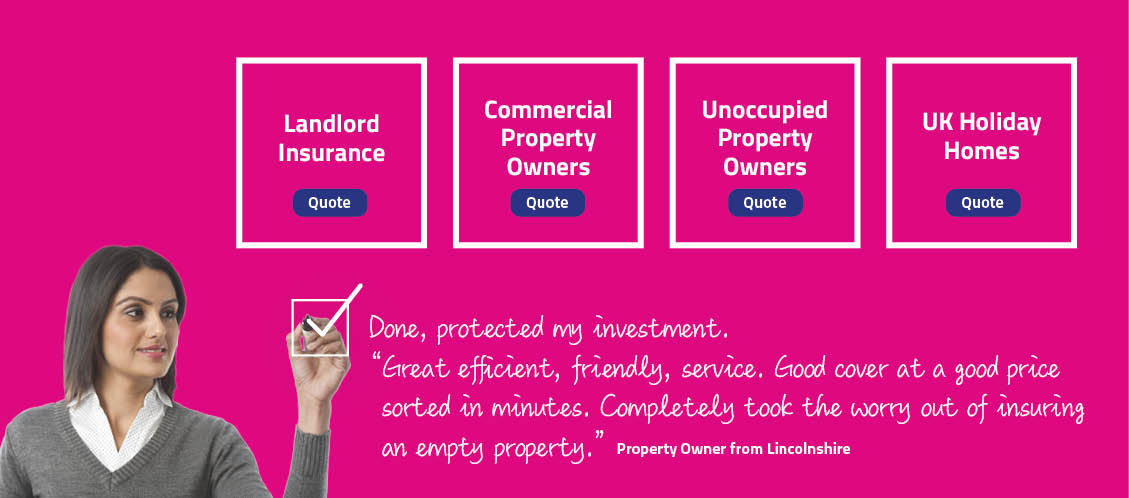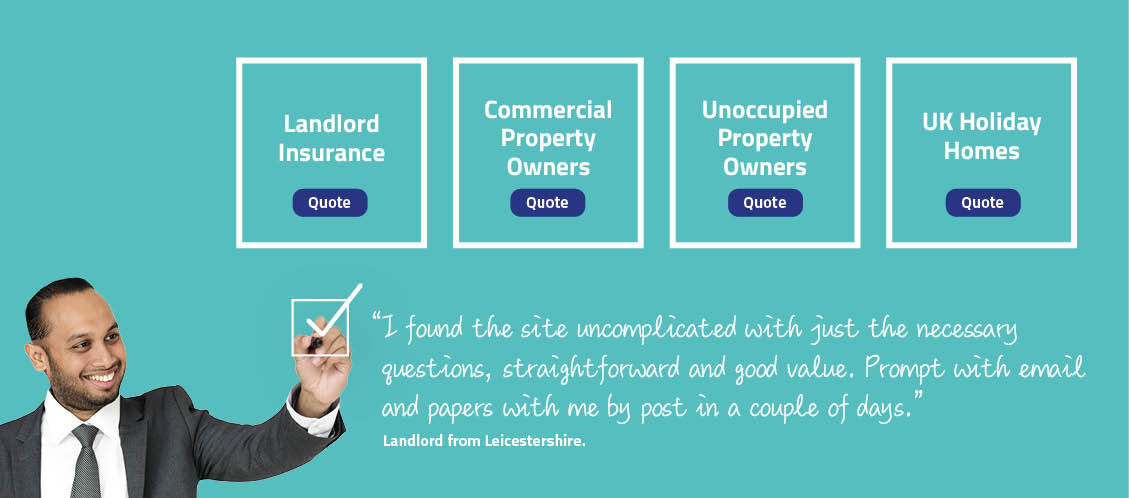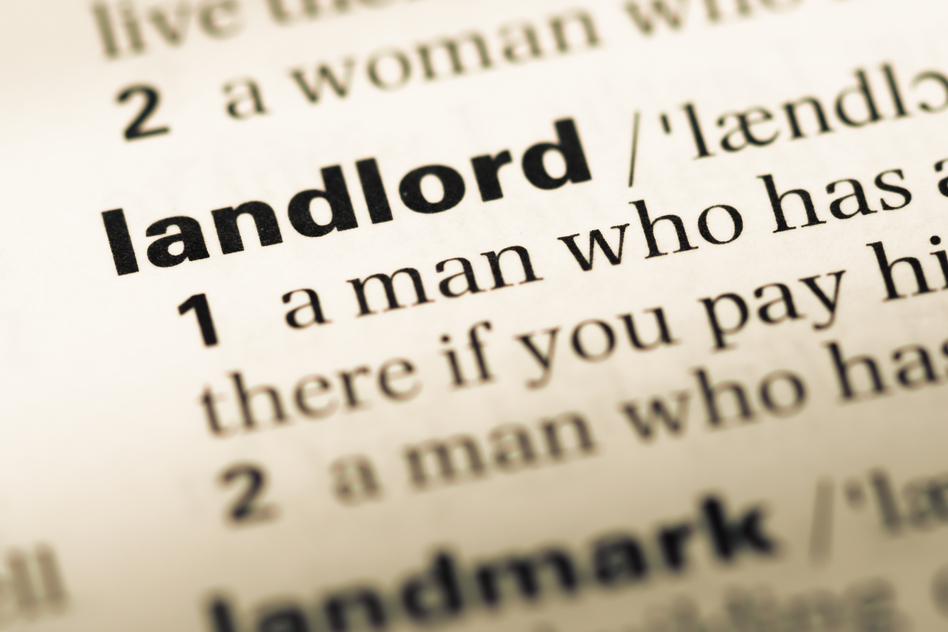Don’t let anyone tell you they’ve learnt all there is to becoming a landlord. It’s almost certainly more difficult than you think. The challenges will vary from one type of property to another, depend on the tenants you attract to live there, and might even be influenced by your own personality.
Because it can be more than a little overwhelming taking on board all that you’ll need to know, here we answer some frequently asked questions (FAQs) for landlords.
Being a landlord – how does it work?
The principle is a simple one – you invest the hard-earned cash or money you have borrowed by way of a buy to let mortgage, in the purchase of a property you then let to tenants in return for the regular payment of rent.
As the landlord and owner of the property, you are responsible for maintaining your property, but you also have a long list of responsibilities and obligations, many of which are legal obligations – and all of them are outlined on the government website.
You can also take a look at our guides: Landlord Legislation Guide and Landlords Guide to Health & Safety.
Do I need to be qualified?
One of the attractions and widespread popularity of buying to let is that there is no need for any formal qualifications – but commitment, hard work and every lesson gained from experience is still going to be the order of the day.
If the property you let is a House in Multiple Occupation (HMO), though, you need to meet certain criteria that are less relevant to your competence as a landlord, but rather that you are a “fit and proper” person. That is to say, you (or your agent) are without a criminal record and have no convictions for breaching landlord laws, regulations, or codes of practice.
What rent can I charge and how much is it going to cost me to do so?
Although your buy to let business naturally looks forward to maximising rental income, you also need to be realistic – to attract and retain responsible tenants and reduce the number of expensive voids.
Careful research into the area in which your let property is situated and the rents being charged for comparable properties, maintained to the same standards, may give you a good clue as to what is reasonable. You might also want to consult a letting agent about a realistic rent for the property you are offering.
The principal costs of running your buy to let business are likely to include the mortgage repayments (typically, in the case of buy to let mortgages, these are likely to be interest-only mortgages), the cost of repairs and maintenance, any letting agent’s fees, and landlords’ insurance.
What do I do with the deposit I ask my tenants for?
You almost certainly asked for a deposit as security for any damage or breakages your tenant might cause during the tenancy, the payment of rent and other bills when they fall due, and the possible cost of cleaning the premises when the tenancy comes to an end.
As with any security deposit, it needs to be returned – less any deductions that are agreed upon – to the tenant when the tenancy ends. That means there needs to be sufficient money available to you to make that payment.
To safeguard the deposit – in the interests of both you and the tenant – the Tenancy Deposit Protection scheme requires that any deposit is held for safekeeping by an officially approved third party, who releases the money, in the amount agreed by you and your tenant, at the end of the tenancy.
Further reading: Guide to Tenancies.
Do I need landlord’s insurance?
Although there is no legal obligation to have landlords’ cover, the answer to the question will be a resounding ‘yes’.
The purchase of your buy to let property almost certainly represents a significant investment. You will now rely on the generation of sufficient rental income to repay any mortgage and keep it properly maintained and repaired. So, the biggest nightmare is losing it all from incidents such as fire, flooding, or subsidence, for example, as well as other risks to the building and its contents.
The landlords’ insurance we arrange here at Cover4LetProperty is specially designed to offer not only the protection that the structure and fabric of your property needs (in the form of buildings insurance) but also to safeguard your business interests – providing you:
- indemnity against claims of liability (if a tenant, one of their visitors or a member of the public is injured, for example, or has their own property damaged on or within your premises); and,
- loss of rental income (up to pre-set amounts) following a significant insured incident which leaves your property temporarily untenantable.
What’s more, if you are buying the property with the help of a mortgage, the lender is almost certain to require a certain level of buy to let insurance cover to protect their interest in the structure and fabric of the building. Note that the cover required by your lender is sufficient only to safeguard the outstanding mortgage balance on the property and may not cover the full cost of rebuilding in the event of a major disaster and its total loss.
Why do I need specialist let property insurance, rather than any other type of property insurance?
As a business-minded landlord, the risks you and your property face are simply different from those of a standard residential owner-occupier.
That is why a buildings insurance and contents policy typically arranged for the owner-occupying homeowner will not cover a property that is being let out either totally or even in part (a room or two in your own home, for instance).
In practice, there may be many variations and additional elements of cover provided by your landlord insurance policy (such as the loss of rental income that we have already mentioned) – and it is typically a broker’s responsibility to help you understand what those additional areas are and how they might benefit you.
What are let property insurance brokers?
The property insurance broker acts as a centre of excellence in terms of knowledge of the marketplace and in helping clients access the most suitable product for their own unique needs and circumstances.
Putting it practically, we may know, for example, that a given insurance company offers automatic cover for subsidence – something that is no longer universal (but a standard feature of all the policies we arrange here at Cover4LetProperty). The broker’s job is to bring that – and other elements like it – to the attention of a potential policyholder to provide them with informed choices.
What does let property insurance cover offer by way of protection?
Only a careful reading of your insurance policy documents will set out the full detail of everything that is covered – that’s why we’d always encourage you to study the documents carefully.
Typically, however, a policy is likely to offer cover across four principal headings:
- the structure and fabric of the building itself (typically, therefore, called buildings insurance);
- any contents you may have in it (landlords’ contents insurance);
- indemnity against the risks of you being sued by someone who has suffered injury or property damage after coming into any kind of contact with your property (landlord liability indemnity insurance); and
- compensation for the loss of rental income – following a major insured incident which leaves the property temporarily unlettable, pending repairs and reinstatement.
Do these areas include all-risks cover?
That is unlikely to be the case – but is often an optional extra offered by your insurer.
Typically, all let property insurance policies will contain conditions and exclusions that exist as much for your protection as to limit the insurer’s liabilities.
For example, some policies may exclude cover for electronic items that are included in your furnishings as part of the rental deal. There is rarely any alternative but to read and compare the policy details to be clear – and when in doubt, to ask your insurance broker.
I am refurbishing my let property, which remains unoccupied by tenants during the building works – what is the insurance position?
Typically, insurance companies see a significant difference, in terms of risk, when properties are unoccupied – when renovation work is underway, or there is a longer than usual void between tenancies, for example.
Burglaries and vandalism may be more common, and there is the further risk arising from otherwise relatively minor maintenance problems going unnoticed and creating major cumulative damage.
For that reason, policies typically won’t provide cover for properties that stand unoccupied for more than 30 to 45 consecutive days – the exact period varying from one insurer to another. This is a restrictive condition that also typically applies both to owner-occupied and let properties.
To maintain the protection and safeguards your property will continue to need in situations such as this, you may want to arrange specialist renovation insurance.
Further reading: Guide to Renovating.
What is a resident landlord?
The term is self-explanatory and refers to someone who rents out a room or rooms in part of the property in which they continue to live as their only or principal place of residence.
The definition and an overview of the essential rights and obligations of such a landlord are outlined on the official government website, in its description of the Rent a Room scheme.
Why should I rent out a room in my own home?
A handy way of earning some extra cash, suggests the government-back Money Helper, is through renting out a room in your own home – and improving your bank balance in that way is a prospect that few of us are likely to turn down.
You can earn up to £7,500 a year tax-free (correct as at October 2022 but this could change) this way and, more altruistically perhaps, you might also reassure yourself that you are doing your bit to help solve the nation’s current shortfall in suitable, affordable housing.
What are my responsibilities as a resident landlord?
You have a basic responsibility for ensuring that any room or rooms you let are safe and in a reasonable state of repair.
Provided that is the case, you are entitled to charge whatever rent you think is reasonable and is likely to attract the kind of tenant or lodger you deem to be appropriate.
But what if it doesn’t work out with a particular lodger?
One of the attractions of letting space in your own home to someone who may be regarded as a tenant is that the same rules do not apply as if it were an entirely self-contained let.
If they have a room but also share some facilities with you, such as your kitchen, bathroom, or sitting room, your lodger or tenant has what is known as excluded occupation. Typically, you may ask them to leave – evict them in other words – whenever you like and without the need for any kind of court order.
If your lodger or tenant has a more or less self-contained space in your home, with no need to share any facilities whatsoever, he or she may be able to claim basic protection under the housing laws, and you will then need a court order to secure their eviction.
If a let out a spare room, where do I stand as far as home insurance is concerned?
Most privately owned homes, of course, are protected by one or another form of home building and contents insurance. What is the impact on this safeguard if you are letting part of your home to someone else?
Different insurers may have different policies, so your first step needs to be letting your insurer know that you are planning to let space in your home to a lodger or tenant.
The answer might be a simple change of policy (to one which includes landlord insurance), an increase in the premiums you pay to continue the cover, or a termination of the cover you presently enjoy, and its replacement by another.
For reasons that may seem reasonable enough, your current insurer is likely to be especially concerned about the effect any such let might have on the insurance used to protect the contents of your home.
Additional considerations when having a lodger
Unlike landlords of self-contained dwellings, you are not subject to the requirements of the tenant’s deposit scheme and may choose any appropriate way of managing the deposit you may ask of a lodger or tenant.
If you are paying the bills for water, electricity, drainage, water, and other utilities you may charge whatever proportion of these costs you consider necessary in the rent that you charge.
If you have a mortgage on your home and do not inform your mortgage provider that you are letting out a room, it could cause problems further down the line – so do get in touch with them.
You remain responsible for the payment of Council Tax, however, and may need to inform your local authority if you no longer qualify for a single person’s discount on your assessment for the tax.
Becoming a resident landlord may be easier than you think and simply involves letting out to someone the spare room or rooms that you may have in your home – and, as at the time of writing (October 2022) you stand to benefit from a useful tax allowance of £7,500 per year tax-free from letting out furnished accommodation in your home. This is halved if you share the income with your partner or someone else.
Do you have more questions?
We hope these landlord insurance FAQs have proved useful. If you have any questions relating to your property insurance, please do get in touch with us. We’d be delighted to help.








